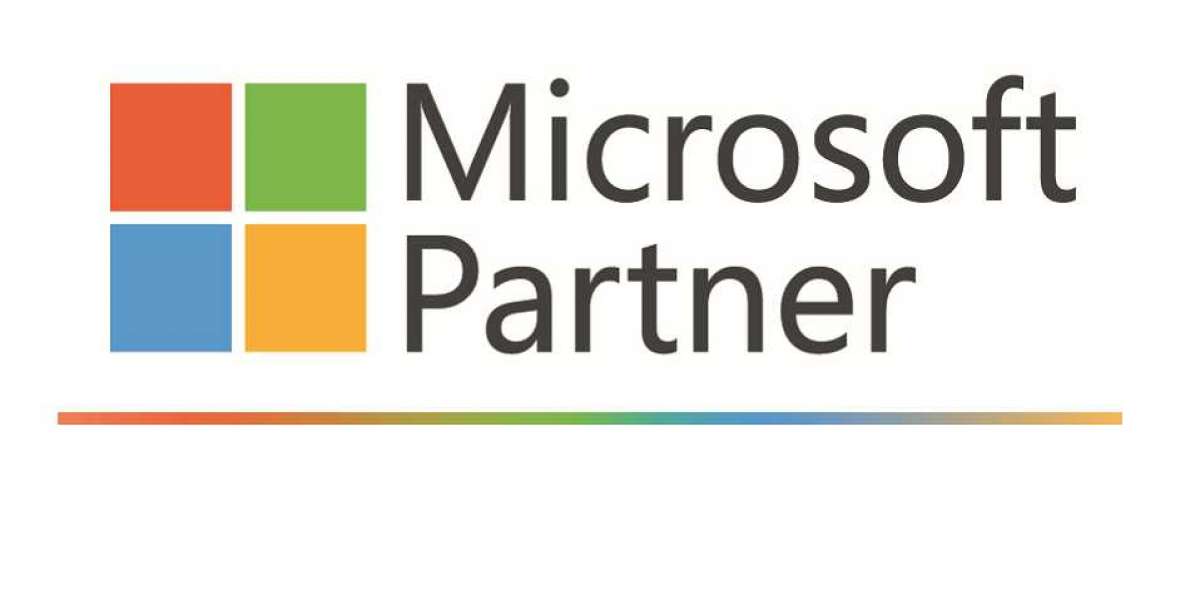Microsoft has long been a leader in software innovation, and its licensing models have evolved over the years to reflect changing technology trends and customer needs. Understanding the evolution of Microsoft license models is essential for organizations seeking to optimize their software usage and stay compliant with licensing agreements.
Historically, Microsoft's licensing models were primarily based on perpetual licenses, where customers purchased a one-time license to use the software indefinitely. However, as technology evolved and software delivery methods shifted towards subscription-based models, Microsoft introduced new licensing options to meet the changing needs of its customers.
One significant evolution in Microsoft license models is the transition to subscription-based licensing, exemplified by offerings such as Microsoft 365 and Azure. Subscription-based licensing provides customers with access to Microsoft's cloud-based services and productivity tools on a pay-as-you-go basis, offering flexibility and scalability to meet evolving business needs.
Another notable evolution is the introduction of cloud-based licensing models, which enable organizations to leverage Microsoft's cloud infrastructure and services for their software deployments. Cloud-based licensing models offer benefits such as reduced upfront costs, simplified software deployment and management, and access to the latest software updates and features.
Moreover, Microsoft has introduced licensing models tailored for specific usage scenarios and user roles, such as volume licensing for businesses purchasing multiple licenses at once and specialized licensing options for education, government, and nonprofit organizations. These tailored licensing options provide organizations with the flexibility to choose the licensing model that best aligns with their unique requirements and budgetary constraints.
As organizations increasingly embrace digital transformation initiatives and shift towards cloud-based solutions, Microsoft continues to innovate its licensing models to meet the evolving needs of its customers. This includes initiatives such as Microsoft's Azure Hybrid Benefit program, which enables organizations to leverage existing on-premises licenses for discounted pricing on Azure services, further incentivizing cloud adoption and optimization.
In conclusion, the evolution of Microsoft licensing models reflects the company's commitment to innovation and customer-centricity. By understanding the evolution of Microsoft license models and staying informed about the latest offerings and updates, organizations can optimize their software usage, reduce costs, and ensure compliance with licensing agreements. Whether leveraging perpetual licenses, subscription-based models, or cloud-based solutions, organizations have a variety of options to choose from to meet their software needs in today's dynamic and ever-changing digital landscape.



